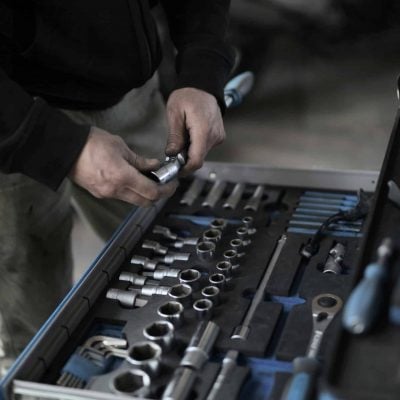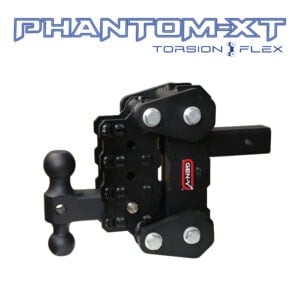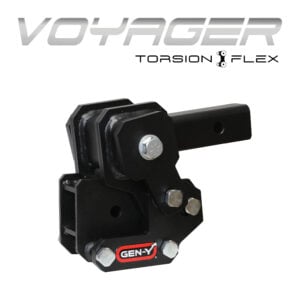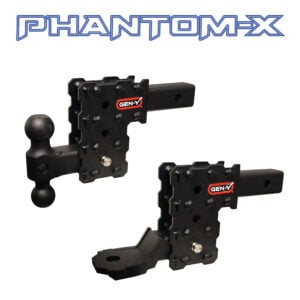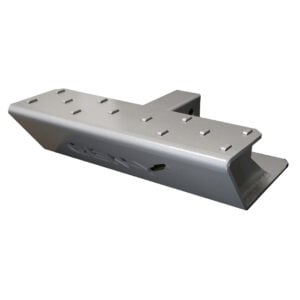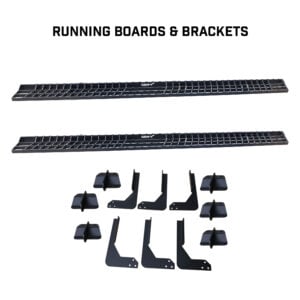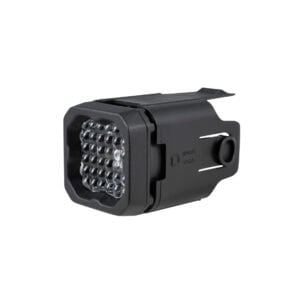One of the most practical upgrades you can make to your vehicle is adding a trailer hitch. Whether you’re planning to tow a trailer, attach a bike rack, or carry additional cargo, a trailer hitch is a great way to add versatility and functionality to your vehicle. While the process is straightforward, attention to detail is essential to ensure safety and performance. Let’s take a look at how to install a trailer hitch, going over every step so you can confidently complete the installation at home.
1. Select the Right Hitch
Choosing the correct hitch for your vehicle is the foundation of a successful installation. Trailer hitches are classified into five categories based on their towing capacities and the types of vehicles they are designed for:
- Class I (up to 2,000 lbs): Perfect for small sedans, subcompact cars, and some crossovers.
- Class II (up to 3,500 lbs): Ideal for sedans, small SUVs, crossovers, and minivans.
- Class III (up to 12,000 lbs): A versatile option for midsize SUVs, ¼-ton to 1-ton trucks, and larger vehicles.
- Class IV (up to 14,000 lbs): Built for heavy-duty trucks and SUVs.
- Class V (up to 20,000 lbs): Designed for the most robust towing needs, including flatbeds and full-sized trucks.
Check your vehicle’s owner manual for towing capacity and hitch compatibility. Remember, the towing capacity refers to the combined weight of the trailer and cargo. Brands like GEN-Y Hitch offer a wide selection of durable and high-quality hitches suitable for every need.
2. Gather Tools and Materials
Having the right tools and materials on hand will make your installation smooth and efficient. Here’s what you’ll need:
- Safety Gear: Gloves and safety glasses to protect against sharp edges and debris.
- Standard Tools: A socket set, ratchet, torque wrench, tape measure, and screwdrivers.
- Specialized Tools: A jack and stands for lifting your vehicle, penetrating lubricant for stubborn bolts, and a utility knife for trimming.
- Instruction Manual: Always have the hitch manufacturer’s installation guide on hand.
Organizing your tools beforehand saves time, reduces frustration, and keeps you safe during the installation process.
3. Prioritize Safety
Though it may seem straightforward, installing a trailer hitch can be dangerous if done incorrectly. Safety should always come first! Before starting, use these tips to keep you and your vehicle safe:
- Park Securely: Make sure your vehicle is parked on a flat, level surface, like your garage. Engage the parking brake and place wheel chocks under the tires to prevent movement.
- Use Jack Stands: If your hitch requires you to work underneath your vehicle, use a jack to lift it and secure it with sturdy stands.
- Wear Protective Gear: Safety glasses and heavy-duty gloves shield you from potential injuries.
Taking these precautions ensures a safe and controlled environment for your installation.
4. Prepare Your Vehicle
Prepare your vehicle to ensure a quick, seamless hitch installation. Start by removing any obstructions where the hitch will be attached, like a spare tire stored underneath the vehicle. Identify the hitch attachment points on your vehicle’s frame. These are typically pre-drilled holes, but you may need to remove rubber plugs or bolts to expose them. Look carefully, as these can be hard to identify! Finally, use a soft microfiber cloth to remove dirt and debris from the attachment points to ensure a secure connection!
5. Mount the Hitch
Installing the hitch requires precision and a little bit of muscle, too. Follow your manufacturer’s installation guidelines exactly to ensure a solid installation. Here are the general steps most manufacturers use to install a trailer hitch:
- Align the Hitch: With the help of another person, lift the hitch into place and align it with the pre-drilled holes in your vehicle’s frame.
- Insert Fasteners: Begin threading the bolts into the attachment points by hand. This helps you verify proper alignment before tightening.
- Torque to Specifications: Using a torque wrench, tighten all bolts to the manufacturer’s recommended settings. This step is crucial for ensuring the hitch is securely mounted and capable of handling its rated load.
If your hitch includes additional brackets or supports, attach them as instructed to maximize stability.
6. Reassemble and Double-Check
After mounting the hitch, put any removed components, like a spare tire, back on the vehicle. Perform a thorough inspection, ensuring all bolts are securely fastened, the hitch is level, and that no tools or debris were left behind.
7. Add Wiring for Towing (Optional)
If you plan to tow a trailer with lights or brakes, installing a wiring harness is essential. Modern vehicles often come with pre-wired connections, making this step easier. Follow the hitch and vehicle manuals to connect the wiring harness to your vehicle’s electrical system.
8. Test Your Setup
Before hitting the road, test your hitch installation:
- Attach your trailer or accessory to the hitch and ensure it locks securely in place.
- Verify that all connections are tight and the trailer is level when hitched to your vehicle.
- If you’ve added wiring, test the trailer lights and brakes to ensure they function properly.
Taking time to test your setup minimizes the risk of issues during use.
Why choose GEN-Y Hitch for your towing needs?
A reliable hitch makes all the difference when it comes to towing safely and efficiently. GEN-Y Hitch offers a range of high-quality trailer hitches designed to meet the needs of every tower, from weekend adventurers to heavy-duty haulers.
If you’re unsure which hitch is right for you or need installation advice, visit GEN-Y Hitch. Their team is ready to help you find the perfect hitch for your vehicle and towing goals.


